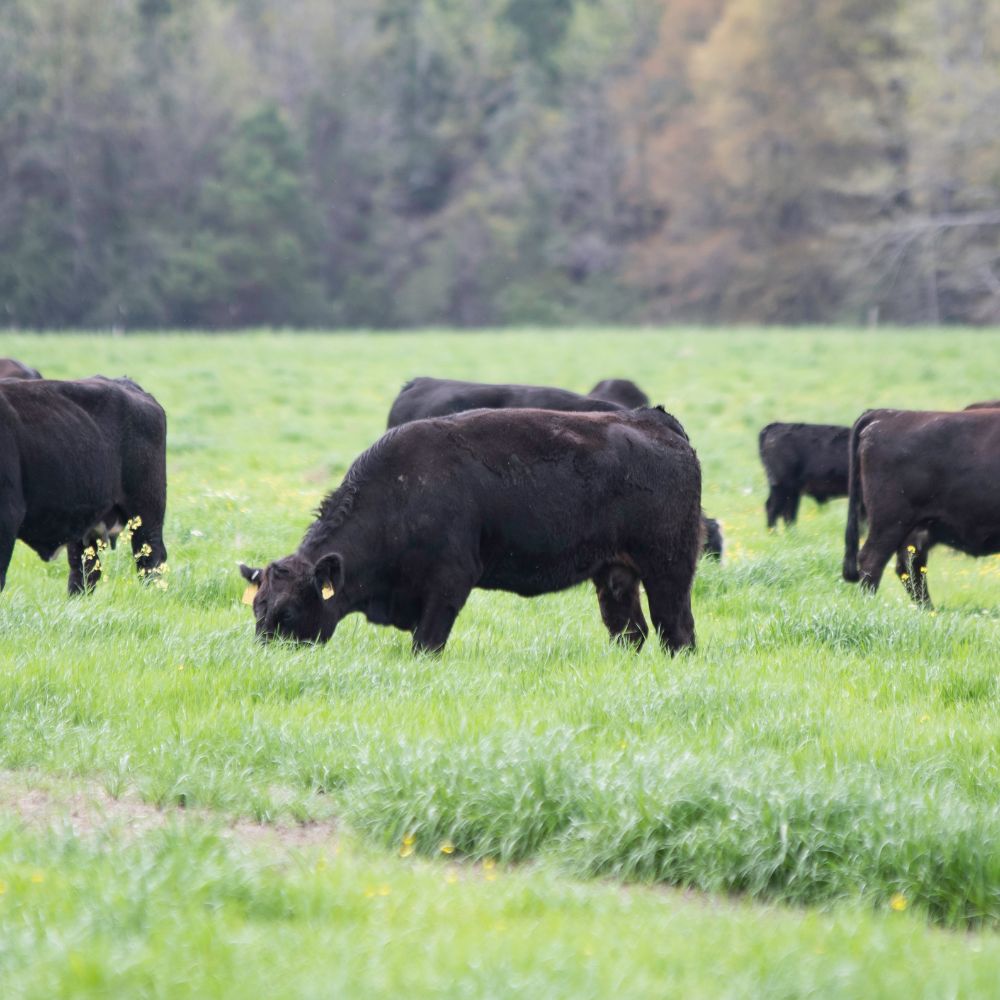Comprehending Animals Risk Defense (LRP) Insurance Policy: A Comprehensive Overview
Browsing the realm of animals risk security (LRP) insurance policy can be a complex venture for several in the agricultural market. This kind of insurance policy provides a security net against market variations and unpredicted circumstances that might impact animals producers. By recognizing the ins and outs of LRP insurance, producers can make informed decisions that might protect their operations from economic threats. From just how LRP insurance policy functions to the different coverage options readily available, there is much to discover in this comprehensive guide that can possibly shape the method animals producers approach threat monitoring in their companies.

How LRP Insurance Coverage Works
Sometimes, recognizing the technicians of Livestock Risk Security (LRP) insurance policy can be intricate, however breaking down exactly how it works can supply clearness for breeders and farmers. LRP insurance policy is a threat management tool designed to shield animals producers against unanticipated rate declines. It's vital to note that LRP insurance is not a profits assurance; instead, it concentrates exclusively on rate threat protection.
Qualification and Insurance Coverage Options

When it concerns coverage choices, LRP insurance uses manufacturers the adaptability to choose the coverage degree, coverage duration, and endorsements that finest fit their threat monitoring requirements. Coverage degrees commonly range from 70% to 100% of the expected ending worth of the insured animals. Producers can likewise pick coverage periods that line up with their manufacturing cycle, whether they are insuring feeder cattle, fed cattle, swine, or lamb. Recommendations such as cost danger protection can even more personalize coverage to shield against damaging market variations. By understanding the qualification standards and protection choices readily available, animals producers can make enlightened choices to take care of risk properly.
Benefits And Drawbacks of LRP Insurance Policy
When assessing Animals Risk Security (LRP) insurance coverage, it is essential for animals manufacturers to weigh the negative aspects and benefits integral in this danger monitoring device.

One of the primary advantages of LRP insurance coverage is its capability to give security versus a decline in livestock costs. Additionally, LRP insurance policy offers a level of adaptability, allowing producers to customize protection levels and plan periods to fit their specific needs.
One constraint of LRP insurance policy is that it does not protect versus all kinds of threats, such as condition episodes or natural catastrophes. It is vital for manufacturers to very carefully analyze their individual risk exposure and monetary circumstance to identify if LRP insurance coverage is the best threat monitoring device for their operation.
Recognizing LRP Insurance Coverage Premiums

Tips for Making The Most Of LRP Benefits
Maximizing the benefits of Animals Danger Security (LRP) insurance calls for tactical planning and positive danger administration - visit here Bagley Risk Management. To maximize your LRP protection, think about the complying with suggestions:
Consistently Evaluate Market Conditions: Remain educated about market patterns and cost fluctuations in the animals sector. By keeping an eye on these factors, you can make enlightened decisions concerning when to buy LRP coverage to secure versus possible losses.
Set Realistic Protection Levels: When selecting coverage degrees, consider your production costs, market worth of animals, and prospective risks - Bagley Risk Management. Establishing practical protection degrees guarantees that you are effectively secured without overpaying for unnecessary insurance
Expand Your Protection: Rather than relying only on LRP insurance coverage, take into consideration expanding your danger monitoring approaches. Integrating LRP with other threat monitoring devices such as futures contracts or options can give comprehensive coverage versus market unpredictabilities.
Review and Adjust Insurance Coverage Regularly: As market conditions transform, occasionally review your LRP protection to ensure it straightens with your existing danger direct exposure. Readjusting coverage levels and timing of purchases can assist maximize your danger protection approach. By adhering to these ideas, you can make the most of the benefits of LRP insurance and secure your livestock procedure versus unanticipated risks.
Final Thought
To conclude, animals danger security (LRP) insurance coverage is a useful device for farmers to take care of the economic threats connected with their livestock operations. By understanding how LRP functions, eligibility and coverage choices, in addition to the advantages and disadvantages of this insurance, farmers can make enlightened choices to safeguard their resources. By thoroughly thinking about LRP premiums and implementing strategies to make the most of advantages, farmers can mitigate potential losses and guarantee the sustainability of their operations.
Livestock manufacturers interested in getting Livestock Threat Protection (LRP) insurance can check out a range of qualification standards and coverage choices tailored to their particular animals procedures.When it comes to insurance coverage choices, LRP insurance coverage uses producers the adaptability to choose the coverage degree, insurance coverage try this website period, and endorsements that ideal suit their risk administration requirements.To understand the details of Livestock Threat Defense (LRP) insurance coverage fully, recognizing the variables influencing my sources LRP insurance policy costs is critical. LRP insurance policy premiums are identified by different components, consisting of the coverage degree chosen, the anticipated cost of livestock at the end of the protection period, the type of livestock being insured, and the length of the protection period.Testimonial and Change Insurance Coverage Frequently: As market conditions alter, periodically review your LRP protection to ensure it aligns with your present danger direct exposure.